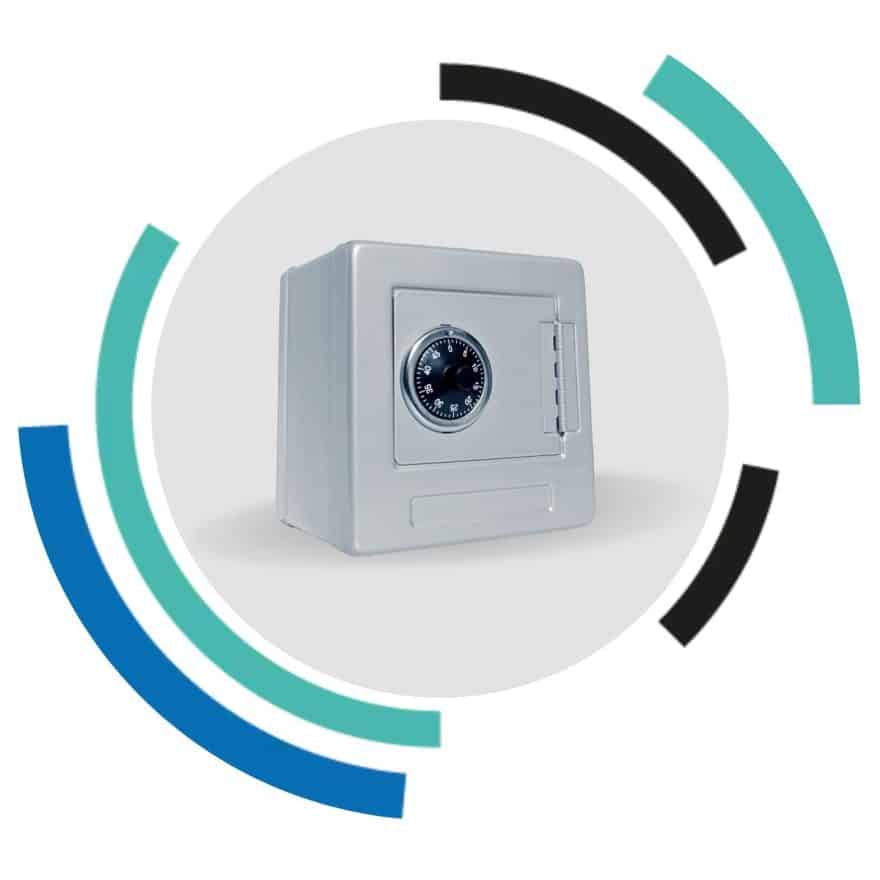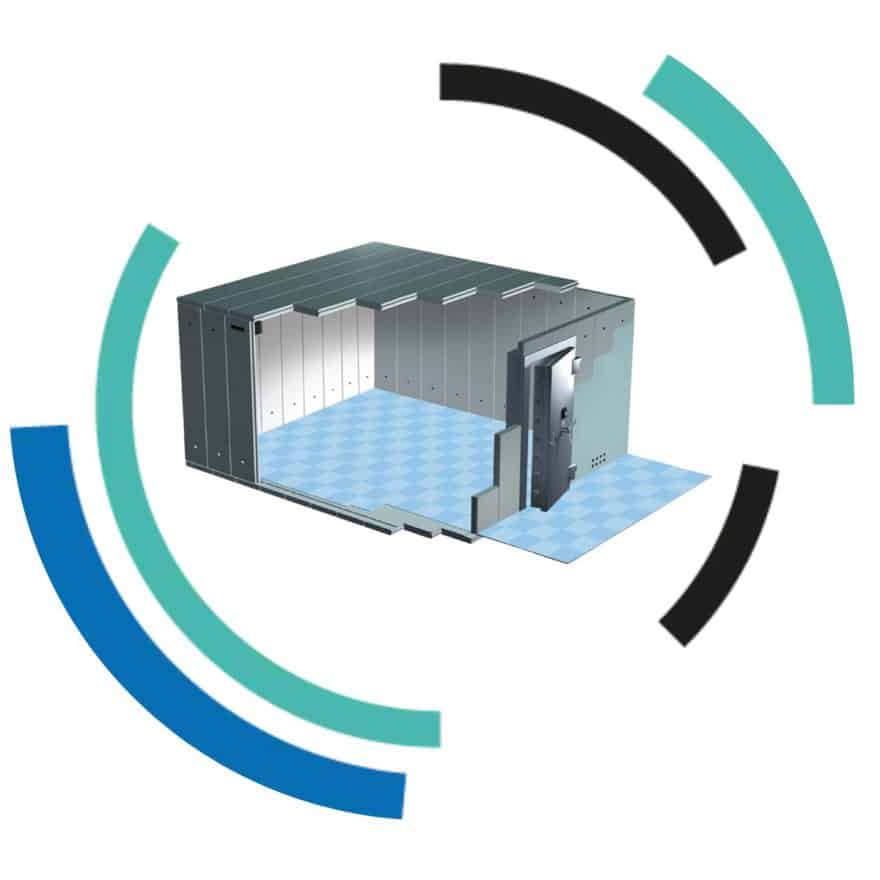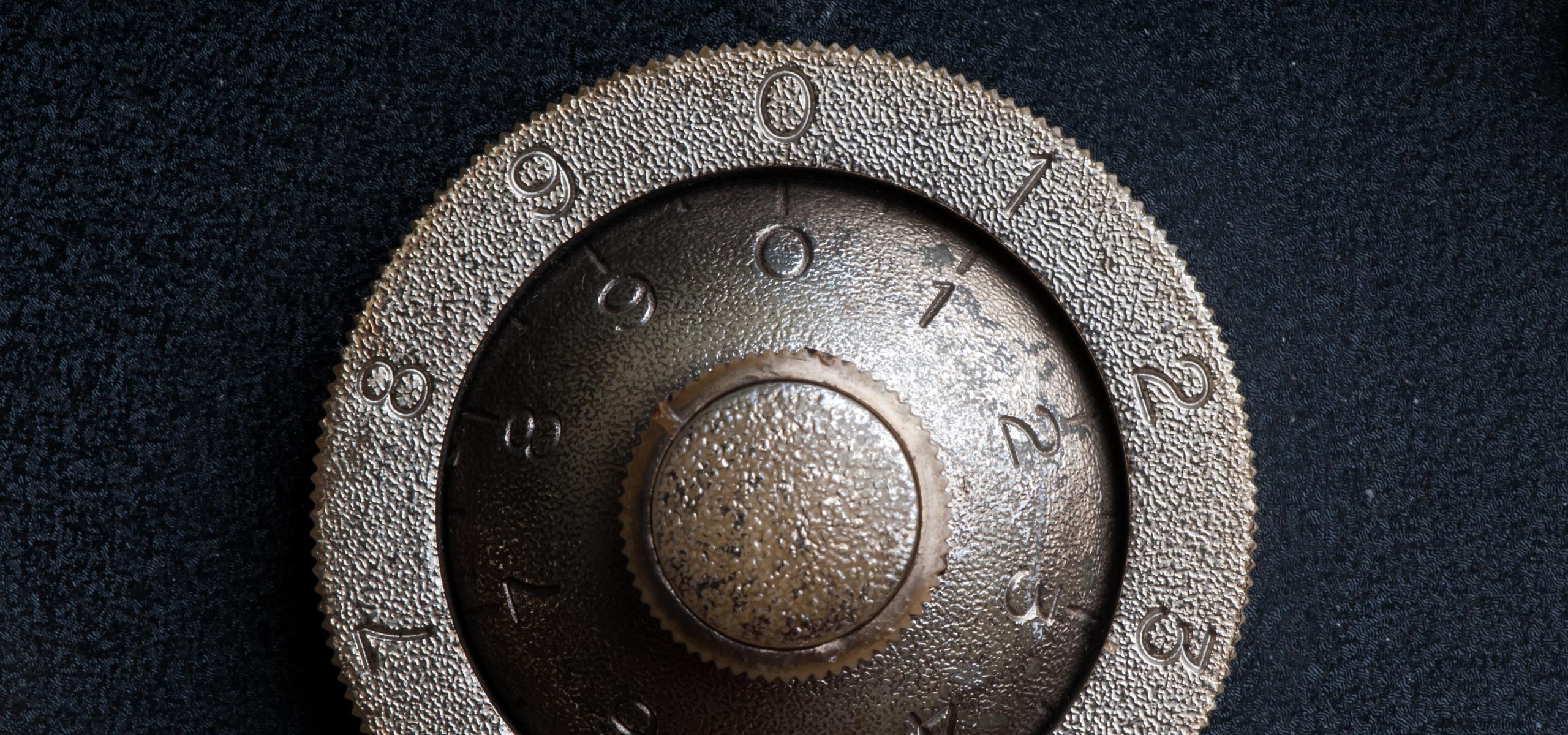Associated Security News
What to Consider when looking at home safes
16th February 2022
There are a lot of options and considerations when looking at home safes. If you have valuables that you want to keep protected, you want the most suitable safe for home security that you can find.
For 6 key tips regarding finding the best home safe, keep reading.
1. Size
The size of your safe is very important. You can determine this by thinking about what you want to keep inside it. If the valuables you want to protect are quite small you can go for a smaller home safe box. Things like important documents, jewelry, passports, etc. don’t need a lot of space. A small safe does have a downside in that if a thief wants to, they may be able to just pick it up and take it, then try to open it when they are somewhere else. Some experts actually recommend leaving these open. If a thief looks inside and just sees documents that are of no use to them, they’ll simply leave it all. One of the most popular reasons to have a larger safe is if you are a gun owner. A large safe generally offers more protection, and a thief can’t simply pick it up and walk out. Something to think about is where you will keep your safe. If you want quite a small one you should have no trouble storing it away in a closet or cabinet. For a larger safe, however, you will need to find somewhere suitable to keep it.
2. Weight
This goes somewhat hand in hand with size. Generally a larger safe will be heavier than a small one. Most of the time if a safe is heavier, that is because it offers more protection. This might also have an impact on where you store your safe. People will usually conceal a heavy steel safe somewhere so it is not readily visible. In movies, a classic example of this is to hide a safe behind a painting. A large safe can be built into a wall to keep it out of sight or recessed into a floor cavity. Before buying your safe you’ll want to think about internal compartments. If you want any extra shelves or compartments it can have an effect on the size and weight of the shelf.
3. Fireproof/Fire-Resistant And Waterproof Safes
This may cause a bit of confusion. When looking at different safes you may notice that some are labelled “fireproof” and others are “fire-resistant”. These are generally interchangeable, and how well a safe can survive a fire depends on the quality and materials. If a safe is fireproof or fire-resistant it will generally be able to protect the contents for up to 60 minutes in a fire. This will usually be sufficient as the average fire lasts for about 20 minutes.
When purchasing your safe you should consider what you will be keeping in it. There are different designs available suitable for protecting different content. Associated Security has safes that are ideal for protecting:
- Paper documents
- Digital media (USB drives, external hard drives, etc.)
- Data protection (internal hard drives, video/audio tapes, etc.)
- Cellulose-based materials (films and negatives)
Usually (but not always) larger, heavier safes offer better fire protection. If you think a flood could be an issue you can find a waterproof safe. It is quite common for a fireproof home safe to offer a degree of water protection as well. Depending on what is in your safe, a flood could cause just as much damage as a fire, although this might not be as much of a concern depending on where your safe is located.
4. UL Rating
The UL rating of a safe is something that most buyers are unaware of. UL (Underwriter Laboratories) is a non-profit agency that designates the fire resistance of filing cabinets and safes. Not all safes have a UL label. This doesn’t necessarily mean the safe is of a lower quality, but having a UL label does show that a safe meets industry standards, so you know it is a good choice. UL class 350 One-Hour is the most common rating, capable of protecting the safe’s contents for 60 minutes in a fire up to 1700°F. Most fires burn at around 700°F, so this should be more than sufficient.
5. Locking Mechanism
Perhaps the most common locking mechanism is the combination lock, which has been commonplace on safes for more than a century. Combination locks have stood the tests of time and have the advantage of not requiring a power source. These are already quite secure, but for an added level of security key-locking systems are available, so someone will only be able to access the lock if they already have the key.
Electronic locks have become more common these days. They need a battery to power them, but are easy to use, and generally quicker than combination locks. The code is saved on a chip, so if the battery dies you won’t need to reset the code after replacing it. You can easily change the code for an electronic lock, but it isn’t recommended to do so with a combination lock and it is quite difficult and requires special tools. Both types are UL-rated and provide good security, and it is possible to have a combination lock changed to an electronic one if you want to switch.
6. Safe Door Thickness
Regardless of any special safety features that a safe might have, most of the protection comes from how thick the door and walls are. A Class B rating is generally considered the minimum for a good level of protection. Safes with this rating have a 1/2 inch thick solid steel door and 1/4 inch thick solid steel walls. A safe with this rating could survive hours of beating from an amateur thief with a crowbar or a hammer. A class F safe is rated to withstand attacks from professional safe crackers for 30 minutes, even if they have the safe blueprints as well as tools.
Finding The Best Home Safes
If you take into consideration the factors above, you should have an idea of the types of home safes you want to look into.
Associated security has a wide variety of home safes for sale, and the team are always happy to answer any questions and give guidance. Click here to contact us today.
Get in Touch
Make an enquiry
PLEASE NOTE: Emails are monitored during normal office hours only. If you require urgent attendance of a locksmith or safe engineer please call our help desk on 0161 832 2777.



